The Vizsla is a red-coated gun dog that is active, intelligent and makes a great pet. As with most breeds, there are some conditions that they may be more prone to, and for Vizslas, this includes skin allergies.
As frustrating as allergies are, understanding dog allergies is even more mind-boggling. This post walks you through common questions about allergies in your Vizsla and what you can do to make your pooch feel better.

What Allergies Are Common to Vizslas?
The most common allergy that a Vizsla will suffer from is something called atopy. Atopy (or atopic dermatitis) is a complex allergic skin disease that can run in families. An allergy is when the body’s immune system responds inappropriately to a usually harmless substance. In atopy, these allergies are to things in the environment, commonly tiny house dust mites and storage mites or seasonal pollens such as grass, weeds, and tree pollen.
Food allergies can also occur and cause skin or tummy problems. In dogs, it’s usually a protein in the food that causes an immune reaction. Common foods that dogs react to include chicken, beef, and dairy.

Signs of Allergies
Itching is the most common sign of atopy and food allergy. The areas that are most itchy are usually the face, ears, paws, groin, and armpits. With atopy skin signs usually start between 6 months and 3 years of age.
- Swelling
- Inflamed skin
- Hives
- Red bumps
- Vomiting
- Diarrhea
- Chronic ear infections
- Runny eyes
- Frequent licking
Diagnosing Skin Allergies in Vizslas
Diagnosing atopy is a process of elimination and means ruling out other conditions that can cause similar signs. This means parasites (such as fleas and mites), skin infections, and food allergies.
Diagnosing or ruling out a food allergy involves a strict elimination diet of a new protein source your dog has not been fed before for at least 8 weeks. Your vet will advise you on the best diet, and often, a ‘hydrolyzed’ prescription diet is the easiest. This is a food where the proteins in the diet have been broken down, so they are so small that the immune system doesn’t react to them.
If you suspect your dog might be suffering from underlying health issues, you should contact your vet.
If you need to speak with a vet but can't get to one, head over to PangoVet. It's our online service where you can talk to a vet online and get the advice you need for your pet — all at an affordable price!


How Does Allergy Testing Work for Dogs?
If food allergies, skin infections, and parasites have been ruled out, then allergy skin testing or blood tests can further narrow down the culprits of your dog’s itch. This can enable your vet to give more tailored advice and treatment options.
Allergy Skin Test
Skin testing, or intradermal testing (IDT), is the best way to test a dog for allergies because it offers the quickest and most reliable results. However, it’s expensive and requires your dog to be sedated and shaved.
To perform a skin test, the veterinarian sedates your dog, shaves a large patch of fur, and injects tiny amounts of potential allergens into your dog’s skin. Next, your veterinarian monitors for any reactions.
Only veterinary dermatologists can perform this test, so you’d have to travel if you don’t have this specialty doctor in your area.
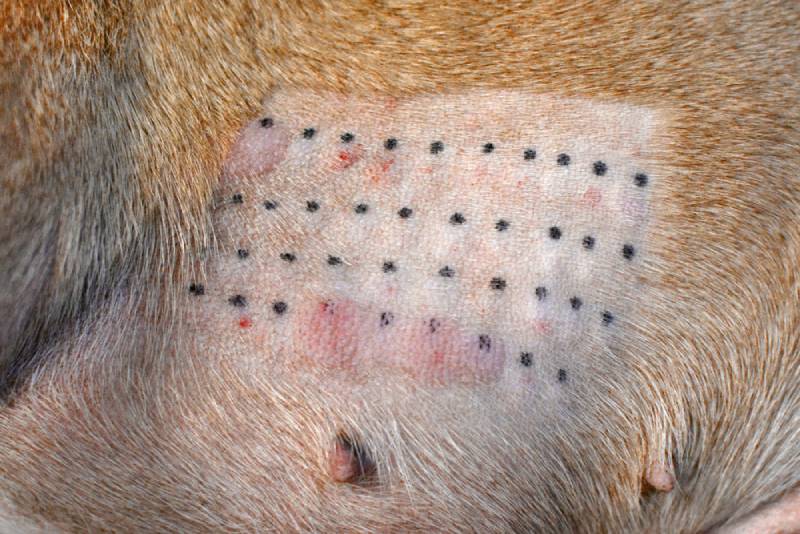
Allergy Blood Test
Blood testing, also called serology testing, is a blood test that is sent to a special laboratory to find out what your dog is allergic to by measuring IgE antibodies within the blood. It only requires one blood sample and no shaving or sedation.
At-home allergy tests are available and typically use saliva and fur since pet owners can collect these samples independently. However, these tests are not accurate or reliable, and we would not recommend them.
Treating Your Vizsla’s Allergies
If your Vizsla has atopy, they will have it for the duration of their lives, but fortunately, many excellent treatment options can be tailored to your dog. Your vet will formulate an individual treatment plan depending on their signs but usually focussing on the following:
- Tackling the itch (there are very effective treatment options)
- Strengthening the weak skin barrier
- Keep on top of other things that may increase itch, such as using regular flea control and keeping skin infections under control
- Avoiding allergic triggers as much as possible
Allergen-specific immunotherapy (allergy vaccine/desensitizing vaccine) can be formulated for your dog based on the allergy test results. The aim of this is to try to re-educate the immune system to become tolerant of the allergens and not to overreact. This is usually given by injections in increasing amounts into the scruff of the neck but sometimes by mouth as an oral solution. About 60–80% of dogs experience improvement after going through hyposensitization.

Wrapping It Up
As with many breeds, Vizslas can be more prone to allergies, in particular atopy. Although diagnosing atopy can take a bit of time, there are many safe and effective treatment options if your Vizsla suffers from this itchy skin condition.
Featured Image Credit: Marsan, Shutterstock
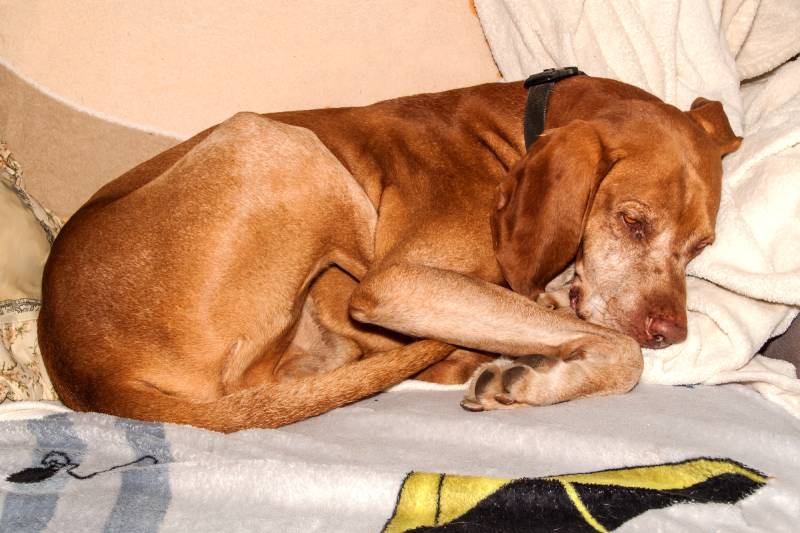




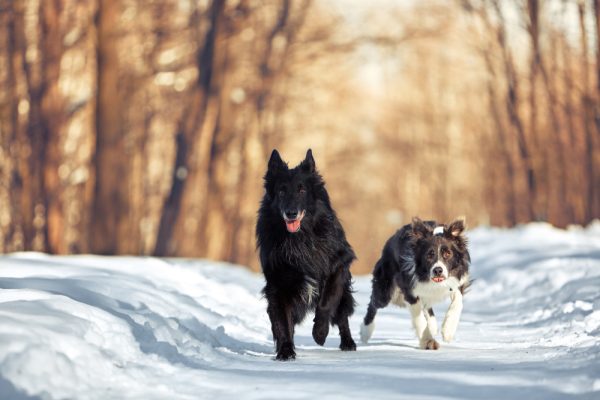
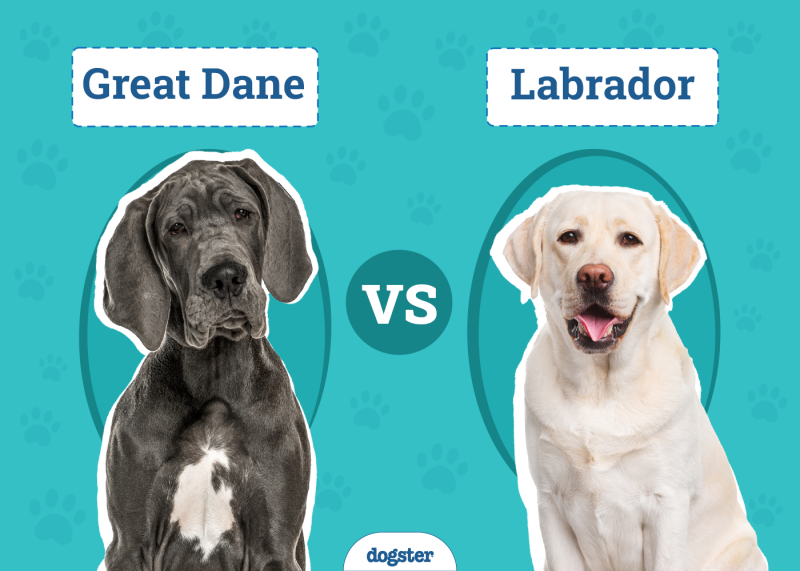











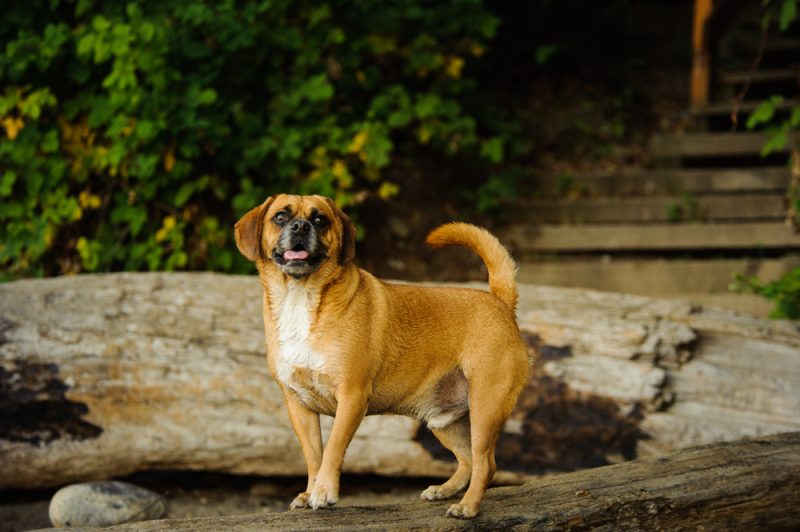

2 Responses
Thank you for this information.
Hello Jen,
thank you very much for your lovely feedback!